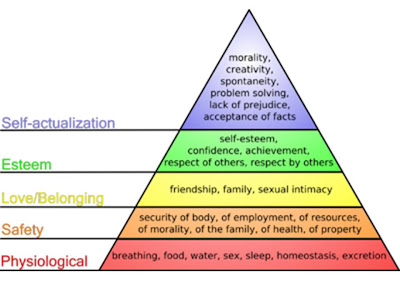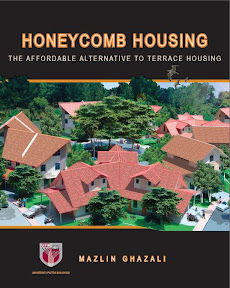Hierarchy of Needs
The Hierarchy of Needs is a theory in psychology that Abraham Maslow proposed in his 1943 paper ‘A Theory of Human Motivation’. His theory contends that as humans meet 'basic needs', they seek to satisfy successively 'higher needs' that occupy a set hierarchy.
Maslow's hierarchy of needs is often depicted as a pyramid consisting of five levels: the four lower levels are grouped together as deficiency needs associated with physiological needs, while the top level is termed growth needs associated with psychological needs. While deficiency needs must be met, growth needs are the need for personal growth. The basic concept is that the higher needs in this hierarchy only come into focus once all the needs that are lower down in the pyramid are mainly or entirely satisfied. Once an individual has moved past a level, those needs will no longer be prioritized. However, if a lower set of needs is continually unmet for an extended period of time, the individual will temporarily re-prioritize those needs - dropping down to that level until those lower needs are reasonably satisfied again. Innate growth forces constantly create upward movement in the hierarchy unless basic needs remain unmet indefinitely. (Cited from Wikipedia 7thMay, 2007)
Maslow's hierarchy of needs, represented as a pyramid with the more primitive needs at the bottom
From this perspective, a sense of neighbourhood can help meet an individual’s need for safety and belonging. But of these two categories it is the former which is more basic, which needs to be met first, before the latter, higher level needs can come into focus.
It makes sense therefore to discuss the design of neighbourhoods in the order of their prior importance, and I propose for general topics: - safety, comfort, congeniality, identity. I will also be bold enough to suggest that the physical design of neighbourhood can help individuals meet growth needs.


No comments:
Post a Comment